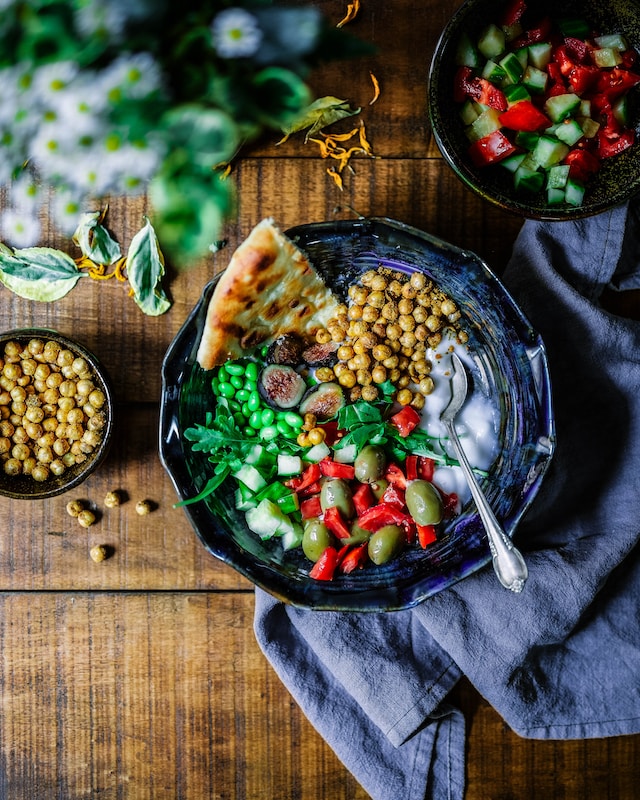The evolution of human civilization is intricately woven with the tapestry of food traditions. As we savor the diverse flavors that define our culinary experiences today, it becomes imperative to delve into the rich and varied history that has shaped the way we eat. This article embarks on a fascinating journey towards unraveling the roots of food traditions, exploring the historical, cultural, and geographical influences that have given rise to the kaleidoscope of flavors we relish.
I. The Dawn of Culinary Civilization:
The origins of food traditions can be traced back to the earliest human societies. As hunter-gatherer communities transitioned into settled agricultural lifestyles, the cultivation of crops and domestication of animals laid the foundation for diverse culinary practices. In regions like the Fertile Crescent and ancient China, the cultivation of grains and the domestication of livestock marked a pivotal shift, influencing not only what people ate but also how they prepared and shared meals.
II. Spice Routes and Culinary Crossroads:
The spice routes, spanning across Asia, Africa, and Europe, played a crucial role in shaping global food traditions. The exchange of spices, herbs, and culinary techniques along these routes created a melting pot of flavors, blending the essence of diverse cultures. The Silk Road, in particular, became a conduit for the transmission of culinary knowledge, introducing exotic ingredients and cooking methods to distant lands.
III. Culinary Traditions in Ancient Civilizations:
Exploring the annals of ancient civilizations reveals the intricacies of their culinary heritage. From the lavish feasts of the Roman Empire to the intricate spice blends of ancient India, food was not merely sustenance but a cultural expression. The culinary practices of these civilizations were often intertwined with religious rituals, social hierarchies, and seasonal cycles, shaping a gastronomic tapestry that transcended the simple act of eating.
IV. The Renaissance of Culinary Arts:
The Renaissance marked a period of renewed interest in the arts and sciences, including the culinary arts. As trade routes expanded and global exploration surged, a bounty of new ingredients flooded European kitchens. The fusion of New World ingredients with traditional European fare resulted in a culinary renaissance that birthed iconic dishes and culinary techniques still celebrated today.
V. Modern Fusion and Culinary Globalization:
In the contemporary era, food traditions continue to evolve through globalization and cultural exchange. The fusion of diverse culinary elements has given rise to innovative dishes that bridge continents and connect people across borders. From sushi burritos to kimchi tacos, the modern culinary landscape is a testament to the dynamic nature of food traditions in an interconnected world.
Conclusion:
The history of the origin of food traditions is a captivating journey through time, reflecting the ebb and flow of human civilization. From the humble beginnings of agriculture to the global fusion of flavors in the 21st century, our culinary heritage is a living testament to the cultural, historical, and geographical influences that shape our plates. As we savor each bite, let us also savor the rich history that has brought us the diverse and delectable array of foods we cherish today.
